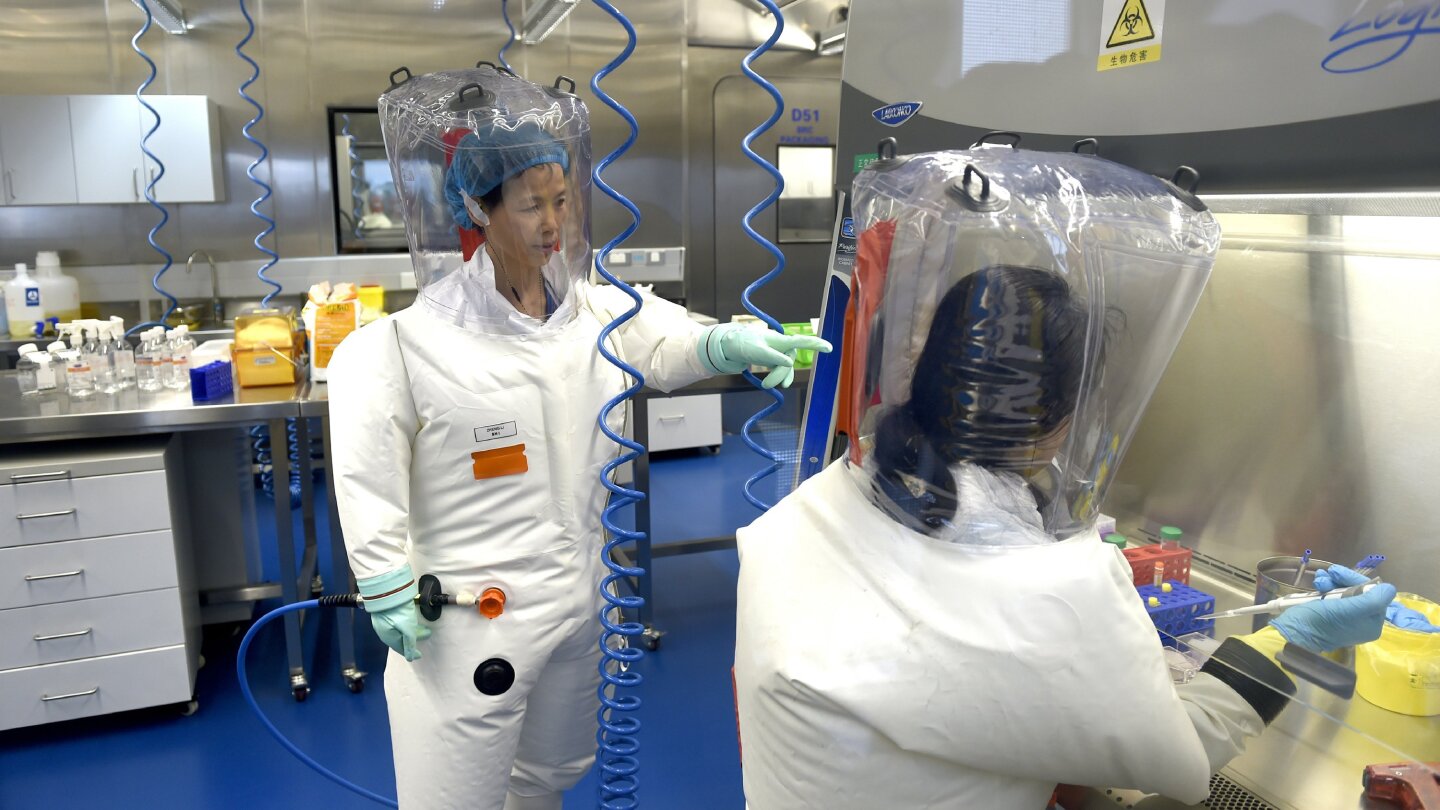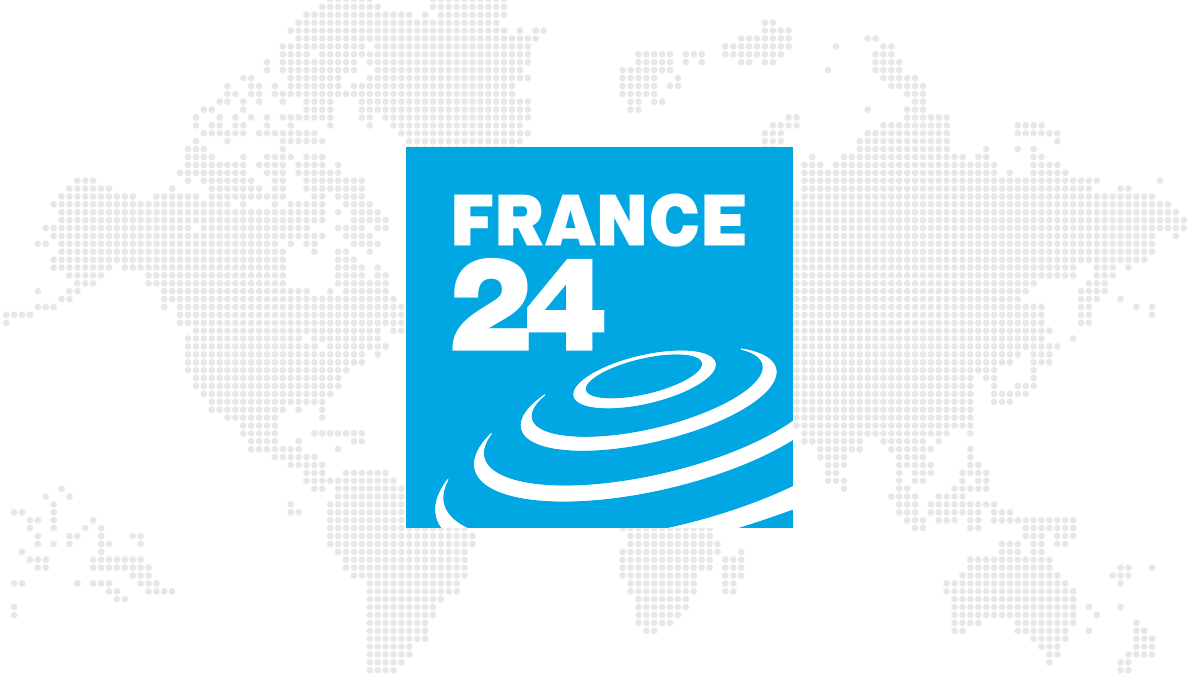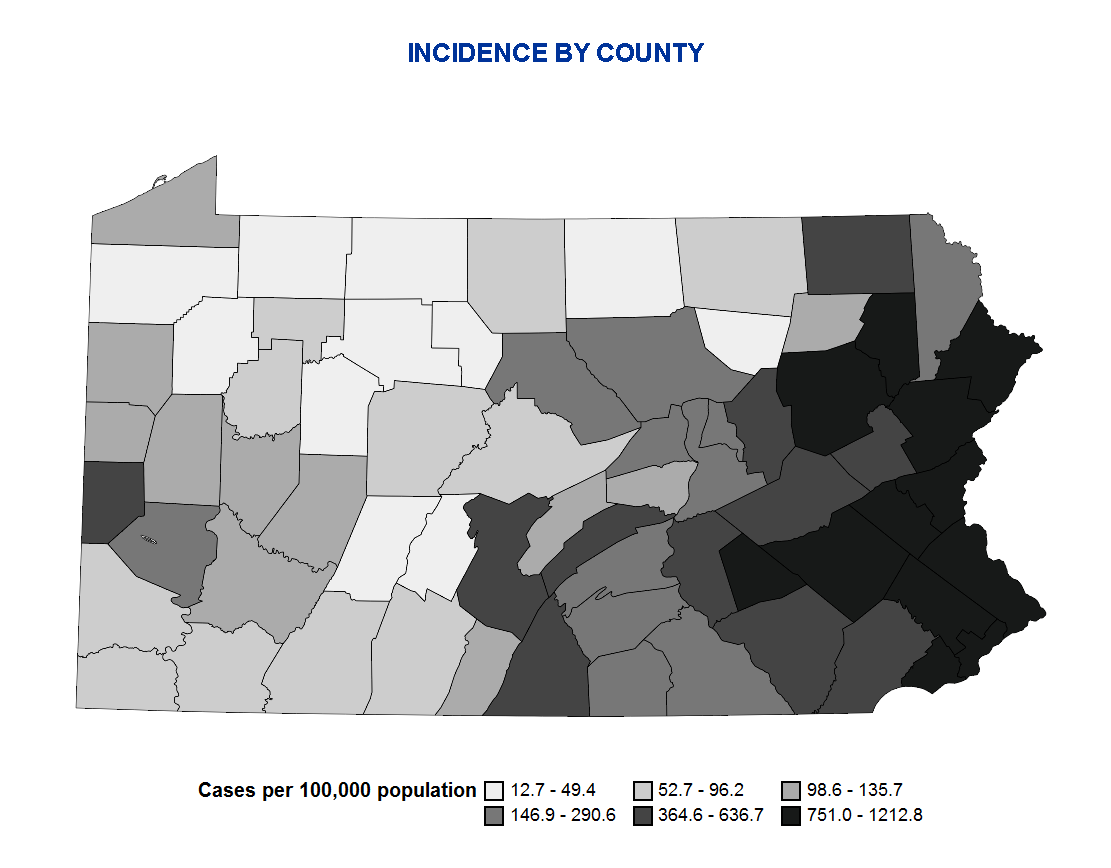Continued.....
The next day, the Chinese CDC raised its emergency level to the second highest. Staffers proceeded to isolate the virus, draft lab testing guidelines, and design test kits. But the agency did not have the authority to issue public warnings, and the heightened emergency level was kept secret even from many of its own staff.
By Jan. 7,
another team at Wuhan University had sequenced the pathogen and found it matched Shi’s, making Shi certain they had identified a novel coronavirus. But Chinese CDC experts said they didn’t trust Shi’s findings and needed to verify her data before she could publish, according to three people familiar with the matter. Both the National Health Commission and the Ministry of Science and Technology, which oversees Shi’s lab, declined to make Shi available for an interview.
A major factor behind the gag order, some say, was that Chinese CDC researchers wanted to publish their papers first. “They wanted to take all the credit,” said Li Yize, a coronavirus researcher at the University of Pennsylvania.
Internally, the leadership of the Chinese CDC is plagued with fierce competition, six people familiar with the system explained. They said the agency has long promoted staff based on how many papers they can publish in prestigious journals, making scientists reluctant to share data.
As the days went by, even some of the Chinese CDC’s own staff began to wonder why it was taking so long for authorities to identify the pathogen.
“We were getting suspicious, since within one or two days you would get a sequencing result,” a lab technician said, declining to be identified for fear of retribution.
___________
On Jan. 8,
the Wall Street Journal reported that scientists had identified a new coronavirus in samples from pneumonia patients in Wuhan, pre-empting and embarrassing Chinese officials. The lab technician told the AP they first learned about the discovery of the virus from the Journal.
The article also embarrassed WHO officials. Dr. Tom Grein, chief of WHO’s acute events management team, said the agency looked “doubly, incredibly stupid.” Van Kerkhove, the American expert, acknowledged WHO was “already late” in announcing the new virus and told colleagues that it was critical to push China.
Ryan, WHO’s chief of emergencies, was also upset at the dearth of information.
“The fact is, we’re two to three weeks into an event, we don’t have a laboratory diagnosis, we don’t have an age, sex or geographic distribution, we don’t have an epi curve,” he complained, referring to the standard graphic of outbreaks scientists use to show how an epidemic is progressing.
After the article, state media officially announced
the discovery of the new coronavirus. But even then, Chinese health authorities did not release the genome, diagnostic tests, or detailed patient data that could hint at how infectious the disease was.
By that time, suspicious cases were already appearing across the region.
On Jan. 8, Thai airport officers pulled aside a woman from Wuhan with a runny nose, sore throat, and high temperature. Chulalongkorn University professor Supaporn Wacharapluesadee’s team found the woman was infected with a new coronavirus, much like what Chinese officials had described. Supaporn partially figured out the genetic sequence by Jan. 9, reported it to the Thai government and spent the next day searching for matching sequences.
But because Chinese authorities hadn’t published any sequences, she found nothing. She could not prove the Thai virus was the same pathogen sickening people in Wuhan.
“It was kind of wait and see, when China will release the data, then we can compare,” said Supaporn.
On Jan. 9, a 61-year-old man with the virus passed away in Wuhan —
the first known death. The death wasn’t made public until Jan. 11.
WHO officials complained in internal meetings that they were making repeated requests for more data, especially to find out if the virus could spread efficiently between humans, but to no avail.
“We have informally and formally been requesting more epidemiological information,” WHO’s China representative Galea said. “But when asked for specifics, we could get nothing.”
Emergencies chief Ryan grumbled that since China was providing the minimal information required by international law, there was little WHO could do. But he also noted that last September, WHO had issued an unusual public rebuke of Tanzania for not providing enough details about a worrisome Ebola outbreak.
“We have to be consistent,” Ryan said. “The danger now is that despite our good intent...especially if something does happen, there will be a lot of finger-pointing at WHO.”
Ryan noted that China could make a “huge contribution” to the world by sharing the genetic material immediately, because otherwise “other countries will have to reinvent the wheel over the coming days.”
On Jan. 11, a team led by Zhang, from the Shanghai Public Health Clinical Center, finally published a sequence
on virological.org, used by researchers to swap tips on pathogens. The move angered Chinese CDC officials, three people familiar with the matter said, and the next day, his laboratory was temporarily shuttered by health authorities.
Zhang referred a request for comment to the Chinese CDC. The National Health Commission, which oversees the Chinese CDC, declined multiple times to make its officials available for interviews and did not answer questions about Zhang.
Supaporn compared her sequence with Zhang’s and found it was a 100% match, confirming that the Thai patient was ill with the same virus detected in Wuhan. Another Thai lab got the same results. That day, Thailand informed the WHO, said Tanarak Plipat, deputy director-general of the Department of Disease Control at Thailand’s Ministry of Public Health.
After Zhang released the genome, the Chinese CDC, the Wuhan Institute of Virology and the Chinese Academy of Medical Sciences raced to publish their sequences, working overnight to review them, gather patient data, and send them to the National Health Commission for approval, according to documentation obtained by the AP. On Jan. 12, the three labs together finally published the sequences on GISAID, a platform for scientists to share genomic data.
By then, more than two weeks had passed since Vision Medicals decoded a partial sequence, and more than a week since the three government labs had all obtained full sequences. Around 600 people were infected in that week, a roughly three-fold increase.
Some scientists say the wait was not unreasonable considering the difficulties in sequencing unknown pathogens, given accuracy is as important as speed. They point to the SARS outbreak in 2003 when some Chinese scientists initially — and wrongly — believed the source of the epidemic was chlamydia.
“The pressure is intense in an outbreak to make sure you’re right,” said Peter Daszak, president of the EcoHealthAlliance in New York. “It’s actually worse to go out to go to the public with a story that’s wrong because the public completely lose confidence in the public health response.”
Still, others quietly question what happened behind the scenes.
Infectious diseases expert John Mackenzie, who served on a WHO emergency committee during the outbreak, praised the speed of Chinese researchers in sequencing the virus. But he said once central authorities got involved, detailed data trickled to a crawl.
“There certainly was a kind of blank period,” Mackenzie said. “There had to be human to human transmission. You know, it’s staring at you in the face… I would have thought they would have been much more open at that stage.”
_________________
On Jan. 13, WHO announced that Thailand had a confirmed case of the virus, jolting Chinese officials.
The next day, in a confidential teleconference, China’s top health official ordered the country to prepare for a pandemic, calling the outbreak the “most severe challenge since SARS in 2003”, as
the AP previously reported. Chinese CDC staff across the country began screening, isolating, and testing for cases, turning up hundreds across the country.
Yet even as the Chinese CDC internally declared a level one emergency, the highest level possible, Chinese officials still said the chance of sustained transmission between humans was low.
WHO went back and forth. Van Kerkhove said in a press briefing that “it is certainly possible there is limited human-to-human transmission.” But hours later, WHO seemed to backtrack, and
tweeted that “preliminary investigations conducted by the Chinese authorities have found no clear evidence of human-to-human transmission” – a statement that later became fodder for critics.
A high-ranking official in WHO’s Asia office, Dr. Liu Yunguo, who attended medical school in Wuhan, flew to Beijing to make direct, informal contacts with Chinese officials, recordings show. Liu’s former classmate, a Wuhan doctor, had alerted him that pneumonia patients were flooding the city’s hospitals, and Liu pushed for more experts to visit Wuhan, according to a public health expert familiar with the matter.
On Jan. 20, the leader of an expert team returning from Wuhan, renowned government infectious diseases doctor Zhong Nanshan, declared publicly for the first time that the new virus was spreading between people. Chinese President Xi Jinping called for the “timely publication of epidemic information and deepening of international cooperation.”
Despite that directive, WHO staff still struggled to obtain enough detailed patient data from China about the rapidly evolving outbreak. That same day, the U.N. health agency dispatched a small team to Wuhan for two days, including Galea, the WHO representative in China.
They were told about a worrying cluster of cases among more than a dozen doctors and nurses. But they did not have “transmission trees” detailing how the cases were connected, nor a full understanding of how widely the virus was spreading and who was at risk.
In an internal meeting, Galea said their Chinese counterparts were “talking openly and consistently” about human-to-human transmission, and that there was a debate about whether or not this was sustained. Galea reported to colleagues in Geneva and Manila that China’s key request to WHO was for help “in
communicating this to the public, without causing panic.”
On Jan. 22, WHO convened an independent committee to determine whether to declare a global health emergency. After two inconclusive meetings where experts were split, they decided against it — even as Chinese officials
ordered Wuhan sealed in the biggest quarantine in history. The next day, WHO chief Tedros publicly described the spread of the new coronavirus in China as “limited.”
For days, China didn’t release much detailed data, even as its case count exploded. Beijing city officials were alarmed enough to consider locking down the capital, according to a medical expert with direct knowledge of the matter.
On Jan. 28, Tedros and top experts, including Ryan, made
an extraordinary trip to Beijing to meet President Xi and other senior Chinese officials. It is highly unusual for WHO’s director-general to directly intervene in the practicalities of outbreak investigations. Tedros’ staffers had prepared a list of requests for information.
“It could all happen and the floodgates open, or there’s no communication,” Grein said in an internal meeting while his boss was in Beijing. “We’ll see.”
At the end of Tedros’ trip, WHO announced China had agreed to accept an international team of experts. In a press briefing on Jan. 29, Tedros heaped praise on China, calling its level of commitment “incredible.”
The next day, WHO finally declared
an international health emergency. Once again, Tedros thanked China, saying nothing about the earlier lack of cooperation.
“We should have actually expressed our respect and gratitude to China for what it’s doing,” Tedros said. “It has already done incredible things to limit the transmission of the virus to other countries.”
___
Contact AP’s global investigative team at
Investigative@ap.org






 , that's just how I read it.
, that's just how I read it.







